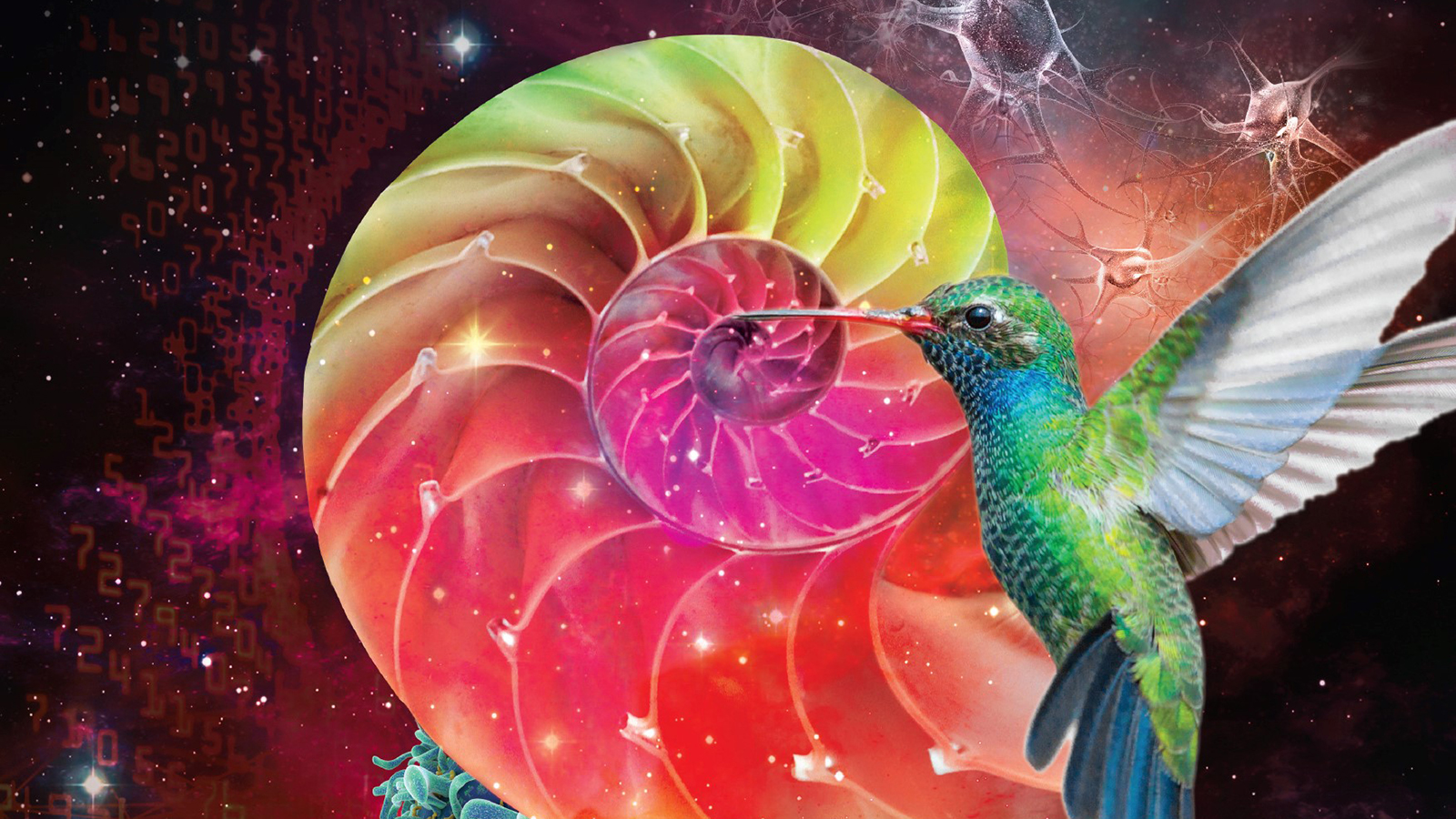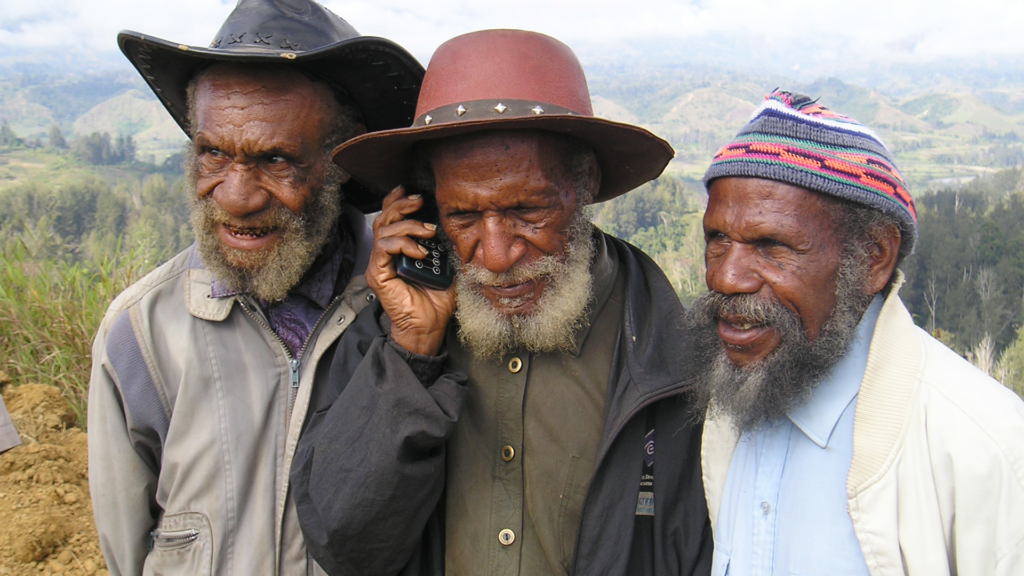There is a natural wonder that wells up inside your heart whenever you pause to examine some of the incredible features of nature:
- The unique and individual crystal structure of every snowflake
- The hovering and reversible flight of a hummingbird
- A pod of surf-skipping, fun-loving and friendly dolphins
- The vivid colours of a rainbow framing the dark clouds of a looming storm.
The two questions that immediately spring to mind are, How do they work? and Where did they come from? It is this wonder that sparks the imagination and the dedication of scientists. It is this wonder that led King David to marvel, “When I look at your heavens, the work of your fingers, the moon and the stars, which you have set in place . . .” (Psalm 8:3).
Reading through the Bible’s account of the origin of everything we see around us triggers a similar kind of wonder and amazement. Genesis tells us that, in the beginning, God created the heavens and the earth, and then, over six days, supernaturally created everything that fills them. It is a magnificent and epic account of our origins.
As I am sure that you are aware, though, science today tells us quite a different story. It says that space and time emerged from a singularity—rapidly inflating to the immense structure of the universe that we observe today, slowing down only when the background microwave radiation had enough time to speed all away across to the other edge of the universe. Then, as galaxies, stars and planets coalesced, a small soupy planet comes into view out of one of the spiral arms of the dairy-free Milky Way galaxy. Atoms and molecules started randomly bumping into each other in this primordial party until amino acids, proteins, RNA and even DNA eventually linked up. Then, with a stroke of natural genius, these elegant molecules were swept up together inside a membrane to form the very first cell—a busy, microscopic factory-city, with the amazing capacity to reproduce and multiply. From there appeared amoebas, angelfish, Archaeopteryxes, albatrosses, aardvarks, apes, Africans and Australians, just to mention a few of the notables in the lineage of As. That’s really fast-forwarding a science that is supposed to have taken billions of years.
Two stories, that both see things appearing over time, but on vastly different timescales and differing on whether God supernaturally intervened or not.
What should we, as Seventh-day Adventists, do with these two accounts? Should we weave them together into a theistic evolutionary tapestry, or should we try to permit God to progressively supernaturally insert new genetic material or create new species whenever needed? Should we understand Genesis 1 to really just be poetry and the days to be symbolically referring to vast periods of time, or can we read Genesis literally? Can we rationally and responsibly believe in a literal six-day Creation week that ends with the very first genuine day of Sabbath rest? Or does accepting the Bible include having to believe these four impossible things:
- The entire universe is only 6000 years old
- Our planet Earth is really quite young
- Rocks only look like they are billions of years old
- Genetically similar animals do not have a common biological ancestor?
The 2019 South Pacific Division Faith and Science Conference to be held at Avondale College from July 16-19, is the first of a series of seminars that will address these fascinating questions and more. The aim of this conference is to build your confidence in the biblical account of Creation and equip you to share your faith in our amazing Creator Friend with your friends. Join us for an adventure of faith, science, wonder and discovery.
For more information and to register, visit education.adventistchurch.com/faith-science-conference.
Dr Sven Östring is director of Church Planting for the North New South Wales Conference.






